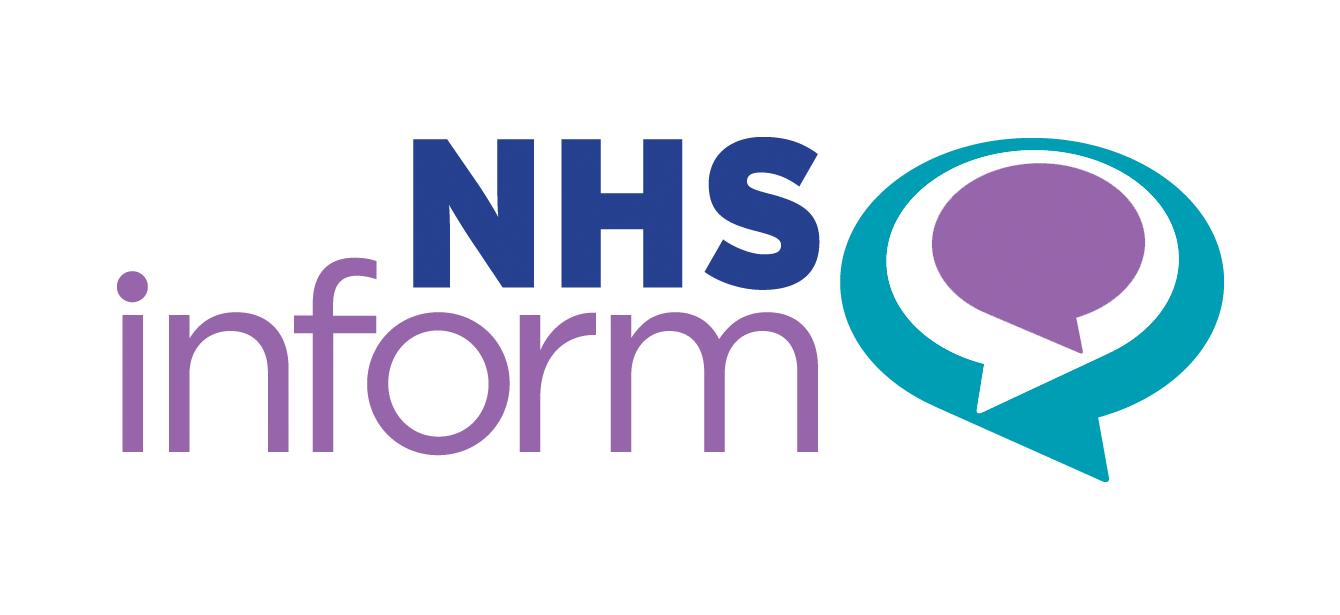I've seen this on Google, and thought, isn't this a bit high for guidelines??
"Target blood sugar levels differ for everyone, but generally speaking: if you monitor yourself at home – a normal target is 4-7mmol/l before eating and under 8.5-9mmol/l two hours after a meal.17 Jan 2023"

 www.nhsinform.scot
www.nhsinform.scot
Not being cynical, but as it is from NHS Scotland, maybe they are allowing for all those deep friend Mars bars??!!!!!!!!!!!!!
If those figures are OK, though, then maybe I haven't got such a problem as I thought I had!! (But, actually, to be on the safe side, I think I'd better not trust them?!)
"Target blood sugar levels differ for everyone, but generally speaking: if you monitor yourself at home – a normal target is 4-7mmol/l before eating and under 8.5-9mmol/l two hours after a meal.17 Jan 2023"

Hyperglycaemia (high blood sugar)
Hyperglycaemia is the medical term for a high blood sugar (glucose) level - a common problem for people with diabetes. Learn about its symptoms and treatment.
Not being cynical, but as it is from NHS Scotland, maybe they are allowing for all those deep friend Mars bars??!!!!!!!!!!!!!
If those figures are OK, though, then maybe I haven't got such a problem as I thought I had!! (But, actually, to be on the safe side, I think I'd better not trust them?!)
